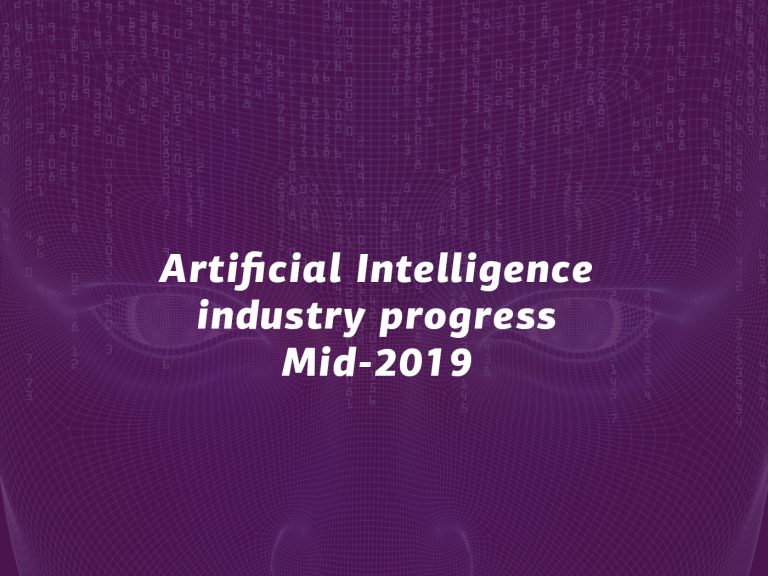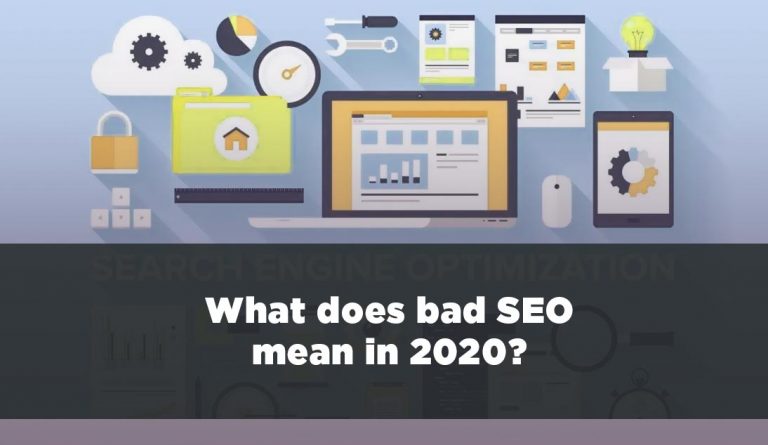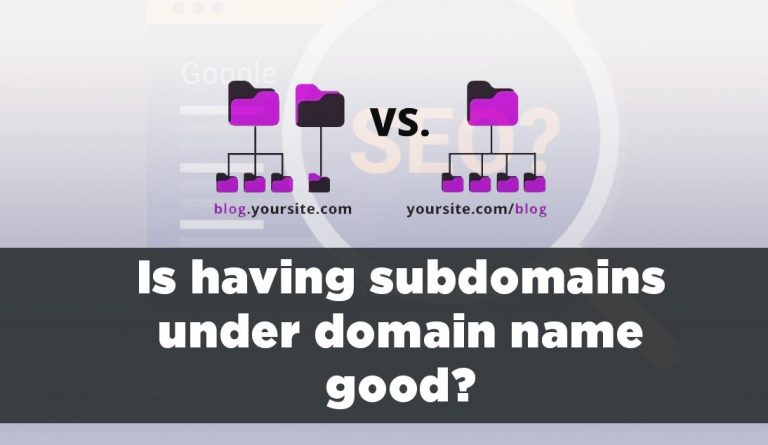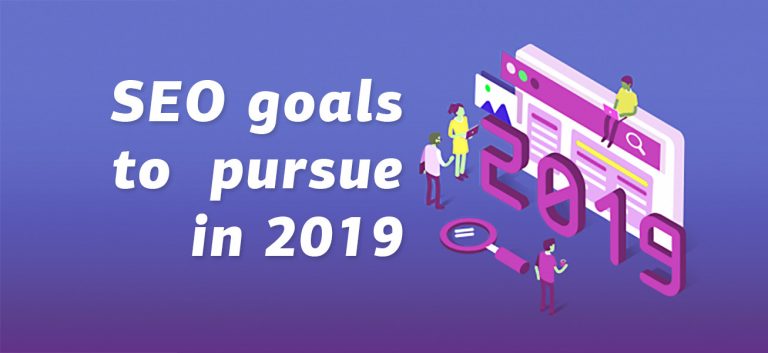Consumer data and AI symbiosis for creative ads
Relatively recent demos by Nvidia and other deep learning and artificial intelligence giants have shown how a “creative AI” can use a combination of complex data and image input and produce a new, original image that a common observer would perceive as a true-to-life image.
The overall amount of data about our interests and ourselves we leave every day on the internet is staggering. In most cases, consumers are giving access to this data in exchange for convenience. Having cookies in your browser cache makes browsing some websites practical, but it leaves this data open to other websites too. Our social media accounts offer a plethora of data about our habits, wants, and preferences.
Big data is processed by artificial intelligence “machines” that are becoming increasingly sophisticated. This is done by AI which replicates human method of absorbing data, searching for patterns, using testing models and analytics. Extrapolated data leave a large volume of data that is very appealing to marketing and strategy companies. The creative AI can then produce ads that will look appealing and offer better user experience. Needles to say that AI completes the said task so much faster than a human counterpart. It’s not just a great insight that’s important, it’s the speed at which you can arrive at that insight.
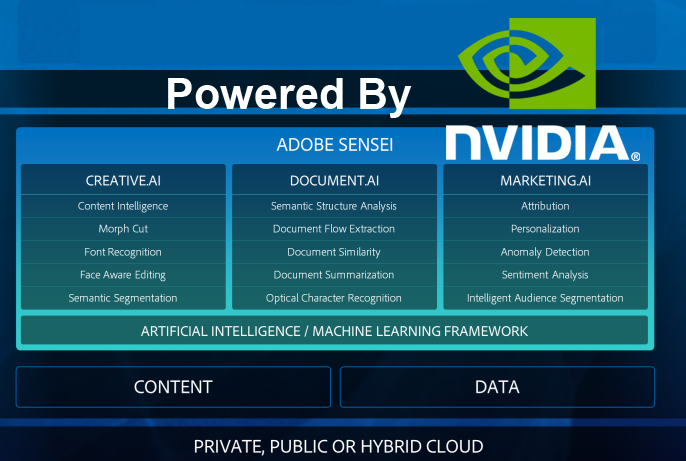
A very good example is the data and creative aI of the Dutch bank ING that was used to produce a faithful image in the style of Rembrandt and gave sparkled to the question will AI replace human counterparts at creative jobs. Final thoughts that where the result of this experiment are that this process is comparable to how Excel can speed-up table calculations, but it still does not completely replace human interaction.
It is still early to expect innovative creations from an AI but they can certainly speed-up the results when the process includes thousands of individual input data. For example, IBM Watson was used to analyzing 10.000 recipes with a staggering quintillion possible ingredient combinations and create some delicious recipes for “Bon Appetite” magazine. This endeavor would certainly take a very very long time for a human counterpart.
Artificial intelligence will be able to offer individualized advertising catered to a single consumer, offering one-to-one scale on advertising. This kind of “enhanced” personalized marketing will be many times more effective than traditional generalized ads.
The loss of privacy on the internet and giving data access permissions to platforms is the price, a pound of flesh asked by the merchant. Should we actually do it? We can only hope that our personal data is used ethically, but while we speak it is already happening. Big data companies will bear the burden of defining the acceptable limits of what can be exploited for profit gain, brands and agencies will have to declare and stand by their words.
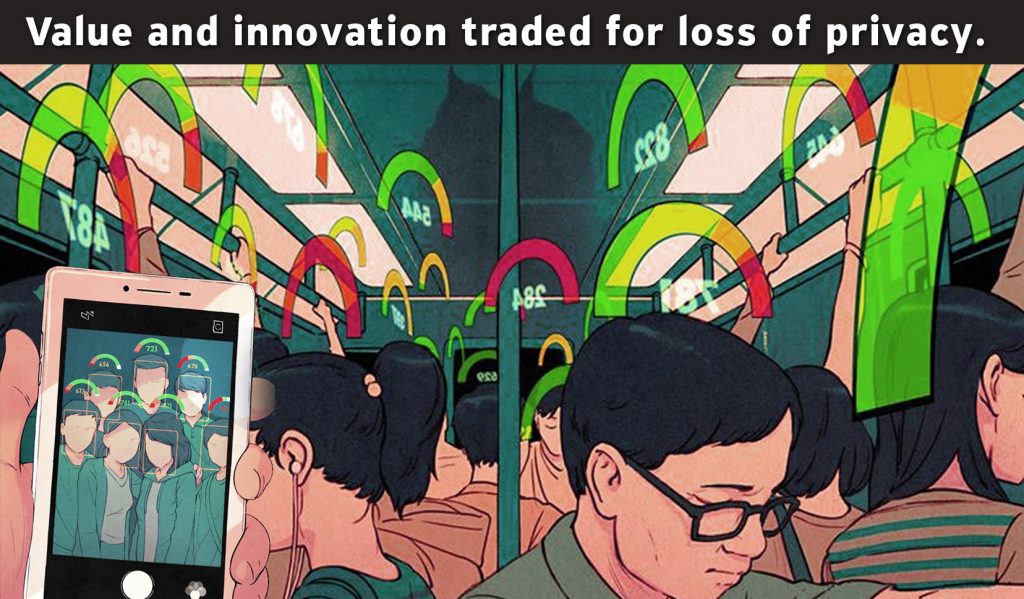
In the end, we can conclude that both sides of the deal will receive great benefits from the use of user-data powered creative AI, as brands will have a better targeting of any and all, one-on-one audience, and consumers will enjoy content tailored to their needs and preferences. Investing in a well though .AI domain may be the smart thing to do.

